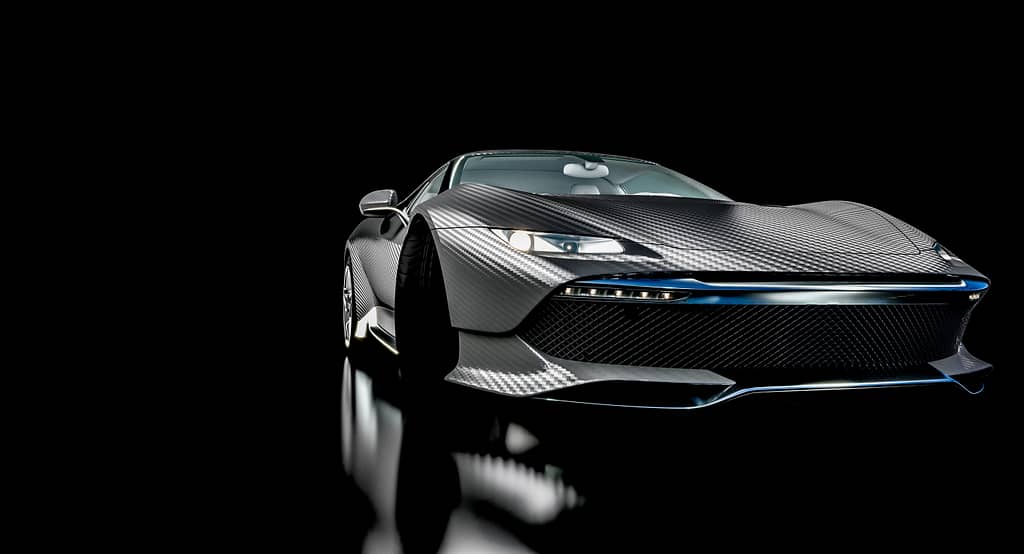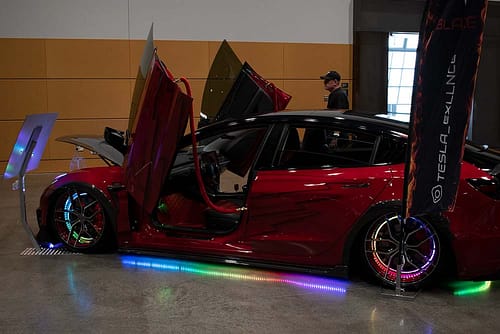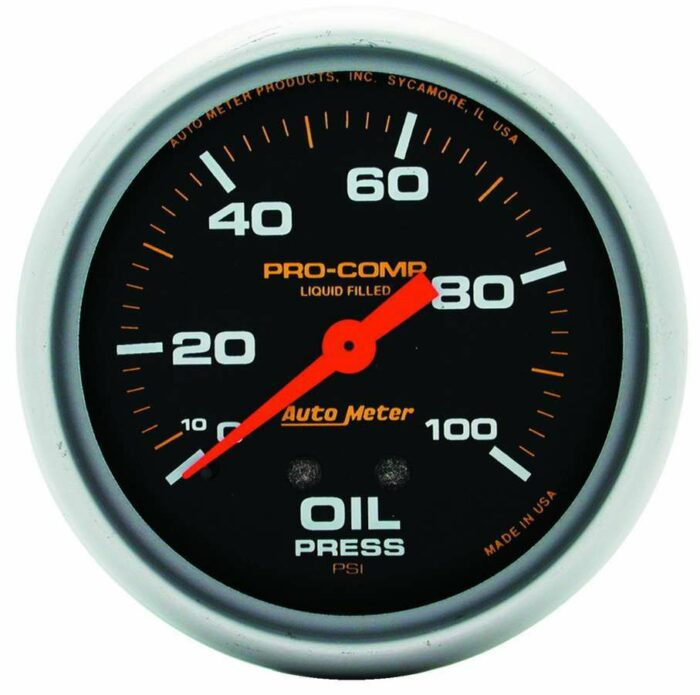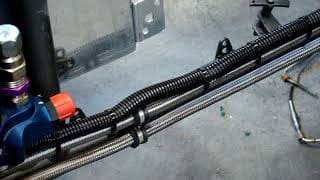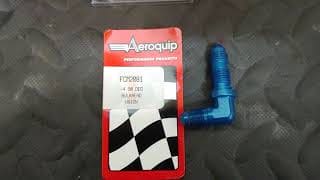Today’s new LED lights provide a practical and cost-effective replacement for traditional incandescent automotive lighting.
When you think of LED lights, you probably think of those ultra-low-profile lights seen on high-end sports cars and SUVs. Or maybe off-road lights mounted on the front bumper or A pillar of a Jeep. This used to be a feature on expensive cars or a pricey aftermarket customization. LED lights are quickly becoming a practical and affordable solution for virtually any vehicle. Thanks to LED systems that are often a direct replacement for factory bulbs.
Most vehicles on the road today use halogen bulbs for headlights. Incandescent bulbs are used for turn/brake lights, marker lights, and interior lighting. Incandescent bulbs are where electricity is passed through a thin metal filament inside a glass bulb. This superheats it and produces light, and have been the standard for more than a century. However, incandescent bulbs and their slightly more effective evolutionary descendants, halogen bulbs, are not at all efficient. Of the electricity used to power them, the vast majority – more than 90% – becomes heat, not light.
LED Facts
LED lights use far less electricity to generate comparable light output. For example, a typical 60-watt household bulb generates about 800 lumens of light. A halogen bulb can generate the same light output with about 45 watts. An LED light achieves the same results with only 12 watts. Car headlights are typically rated at approximately 55 watts. The normal output range of a halogen headlight bulb is between 900 and 1800 lumens, depending on the bulb design. By comparison, many LED replacement bulbs today produce 3500 – 4000 lumens with the same or less electricity.
In addition to the greater light output per watt, LED headlights generate substantially less heat than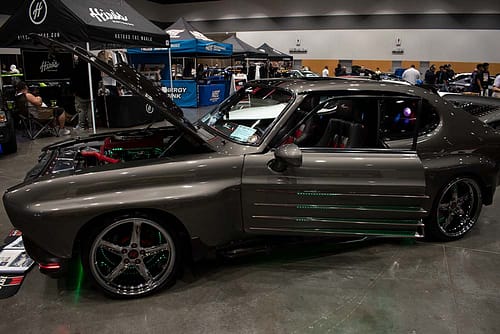 Conventional bulbs or HID lighting systems. That doesn’t mean that LEDs don’t generate heat, however. Because of their design, LED headlight bulbs typically use either an external or integrated transformer and heat sink. This is required for adequate ventilation to prevent overheating. The difference in the amount of heat generated from the headlights is significant.
Conventional bulbs or HID lighting systems. That doesn’t mean that LEDs don’t generate heat, however. Because of their design, LED headlight bulbs typically use either an external or integrated transformer and heat sink. This is required for adequate ventilation to prevent overheating. The difference in the amount of heat generated from the headlights is significant.
Incandescent and HID bulbs generate enough heat to melt away ice or snow that accumulates on the headlight lens. LEDs typically don’t generate enough heat.
Direct Fit Replacement LED Headlights
Companies like Oracle Lighting, PIAA, and others offer direct fit replacements for most conventional headlight bulb sizes. Many of these have integrated transformers/heat sinks and don’t require an external transformer. For most applications, factory-style connectors provide plug-and-play simplicity. In addition, many are now available in formats that support daytime running light (DRL) and low-beam/high-beam functions. This makes them a practical upgrade option for a wide range of both late model and older vehicles. For vehicles using sealed beam-style headlights, retrofit kits are available to allow use with modern-style bulbs, including LED lights.
The use of LED lights for parking lights, brake lights, and turn signals is also gaining in popularity. The increased brightness can provide improved visibility under all weather conditions, day or night. Many have had a near miss or even rear ended someone. All because their brake lights were practically invisible in bright daylight. Or their taillights disappeared in the fog. Those can definitely appreciate the value of brighter lights.
Incandescent lights typically get their color by shining through a tinted lens or sometimes by having a colored glass bulb. This is an effect that also reduces the brightness of the bulb. However, LEDs can be created to shine in a variety of different colors such as red or amber. A colored lens works by filtering out the colors you don’t want, for example, everything but red. As a result, LED lights in the proper color are noticeably brighter, even through a tinted lens.
LED Interior Lights
For most low-wattage applications such as interior lighting (such as dome, footwell, or reading lights, or in-dash backlighting), LED lights are an easy direct-fit replacement. They have a few advantages over incandescent bulbs. 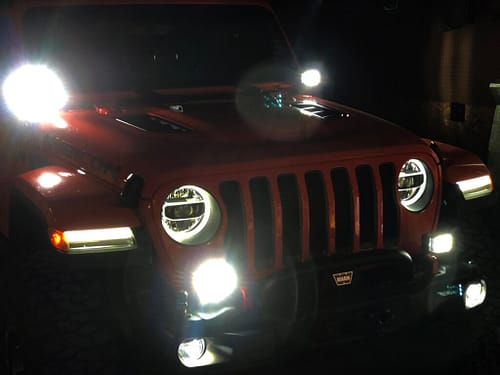 Besides lower power consumption, they also generate far less heat, making them ideal for small, enclosed spaces. LED lights are also brighter, typically with a crisp, white light rather than the yellowish tint common to most traditional bulbs. For some bulb types, additional colors are available in LED format, allowing users to customize the interior look of a vehicle with lighting.
Besides lower power consumption, they also generate far less heat, making them ideal for small, enclosed spaces. LED lights are also brighter, typically with a crisp, white light rather than the yellowish tint common to most traditional bulbs. For some bulb types, additional colors are available in LED format, allowing users to customize the interior look of a vehicle with lighting.
LED lights for interior applications also have a much longer lifespan, with some brands claiming lifespans up to 50,000 hours compared to an incandescent bulb’s typical lifespan of around 1,000-1,500 hours. For those hard-to-reach in-dash bulbs, this means they will never need to be replaced again – great news when replacing one often requires tearing half the dash apart and being a contortionist to boot.
Exterior and Off-Road LED Lights
In addition to the ever-growing selection of LED lights available as upgrade/replacement options for stock lighting, there is a mind-boggling selection of auxiliary LED lighting, from internal accent lights to high-powered off-road lighting. Most of these lights are not intended for use on the road, but can be a great addition to show cars or for serious off-roading adventures. And some products, such as headlight halos, may be legal in some states but not in others, or are only legal if they are specific colors, typically white or amber.
Accent Lights
For example, Oracle Lighting offers a wide range of LED accent lights, including headlight halos, under-vehicle light strips, wheel well lights, marker lights, specially lit mirrors, and more. Many of their products are available in both white and colored LED options, as well as their ColorShift line of products that provide users with the ability to select colors and fixed and moving patterns. This allows users to create bold colored lighting effects on everything from Jeeps to street and show cars.
Utility Lights
If utility or trail-ready lighting is needed, companies like Rigid, KC Hi-Lites, and Rugged Ridge offer a wide range of pre-built and modular light bars, spotlights, trail lights, and more to make sure drivers aren’t left in the dark. LED lights have proven themselves to be far more durable than traditional incandescent bulbs. Their resistance to shock and vibration, as well as the ability to easily encase them in waterproof housings makes them ideal for off-road use.
In addition, the compact size of LED lights the construction of incredibly powerful lighting systems using small discs, strips, cubes, and bars that can be mounted virtually anywhere on a vehicle. Whether it’s a light bar with wide angle floodlights to light the trail ahead, precise spotlights mounted on A-pillars or in wheel wells to illuminate possible hazards, or utility lights to light up a truck bed or trailer, LED lights have become a huge asset to truck, SUV, and Jeep enthusiasts. Due to their compact size and much higher light output, they have also become a common fixture on many ATVs and side-by-side UTVs.
Many people have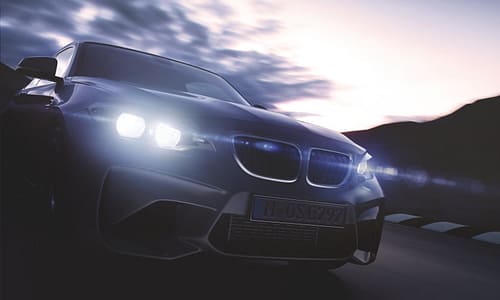 resisted making the switch to LED lights for reasons such as cost or simply because it’s a newer technology, as opposed to “tried-and-true” incandescent bulbs. There problems such as bulb flicker. This is a problem that occurs with the dimmer switch. Such as that used for some types of daytime running light applications that cycles on and off rapidly. Incompatibility with on-board diagnostic systems have been resolved with integrated or optional add-on modules.
resisted making the switch to LED lights for reasons such as cost or simply because it’s a newer technology, as opposed to “tried-and-true” incandescent bulbs. There problems such as bulb flicker. This is a problem that occurs with the dimmer switch. Such as that used for some types of daytime running light applications that cycles on and off rapidly. Incompatibility with on-board diagnostic systems have been resolved with integrated or optional add-on modules.
Pricing
While still significantly more expensive than incandescent bulbs, the prices for LED lights have come down substantially over the past couple years, and continue to decline. LED lights have a lifespan that should be factored in. The actual cost over a vehicle’s lifetime is typically lower than incandescent or halogen bulbs. For example, a pair of halogen headlight bulbs might cost $40. A comparable pair of LED bulbs may run $120. However, the halogens have a typical lifespan of about 1,500-2,000 hours compared to 25,000+ hours for LED, making the LED bulbs effectively a lifetime investment.
Growth of LED
LED lighting has come a long way in a relatively short time. The wide variety of options for both direct-fit replacement and custom add-on lighting ensures there are lighting solutions for virtually any vehicle. Once cost vs. lifespan is factored in, LED lights are a very viable and worthwhile alternative to traditional vehicle lighting solutions.
A few weeks ago we went to Hot Import Nights, and a few of the cars were sporting LED lighting. Check it out here.
This post was created By Earl Peters at Motorstate Distributing.
